
For over 20 years, I’ve been working in or running my own branding agency. First design side, and then moving strategy side, I’ve learned a thing or two in my time. However, there is one thing which I seem to learn but then need to relearn again and again, and that is the need for and the role of transparency.
Now, what has led me to relearning the need for transparency you might ask? Well, in my current role I am Brand Strategy Director. This means I’m not only responsible for the brand strategy work with clients, nor does it mean I’m only responsible for the rest of our strategy team. No, what I take this role to mean is that I am responsible for the understanding and application of brand strategy from the whole of the agency.
As a full-service agency, we have people doing all sorts of roles, from design, to development, to client partnerships. Everyone will, at some point, work with the strategy team on projects, and so I believe that the more they can understand strategy the better and more effective our agency’s work will be. Now, of course, in meetings people get a little window into what we do in strategy, but I realized that in order to really make the strategy teams work transparent I needed to find ways to open up our working. So, I decided that I would decorate the walls with some of the models and frameworks that we might use in a project. (See above)
Models and frameworks seem to be either loved or loathed by strategists, but the use of a good one can create much needed focus at a critical point in a project.
The thing about them is, they’re not intended to give you an answer. In fact, even the best use of the smartest model only ever gives you an approximation of the answer. But for me, that is fine, because in strategy there is never really an answer, there’s just one of a number of answers.
So, I looked through the models I’ve used over the years, printed out some of the best and most used ones, and stuck them on the wall. This immediately led to some great feedback and some very interested people passing our strategy area. Conversations about models, their uses and application, and what they would be useful for, flowed freely. You see, once you put your ways of working out there, people are invested and interested.
In a project, models should be used as your hidden secret. We use them to create focus from a wide range of inputs, but we rarely show them to clients. They’re not really the best way to present work, so we use them as a tool for focusing our work, not presenting it. Good models should be used to cut, to hone, to give you less and not more.
Now there are many models I no longer use, they no longer meet my standards and have been dropped. As I said previously, I’ve spent over 20 years doing this, and one of the things I have learned is what models work, and which ones don’t. So, here’s a short list of a few of the models I still use, and what I use them for.
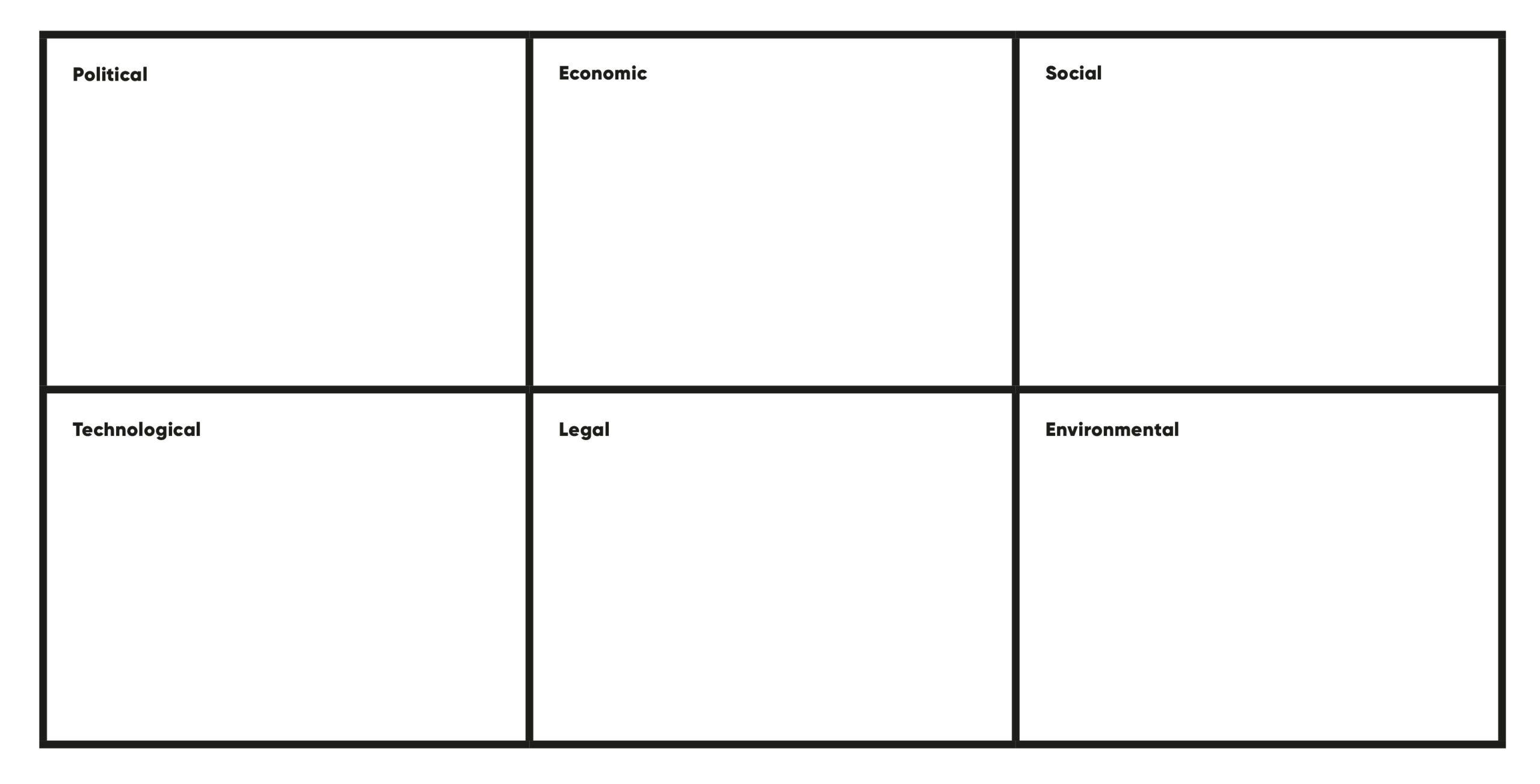
1. PESTLE
This model is old, and many people knock it, but I still use it. Why I use it is I find it a simple and helpful structure to work through one of the aspects of the context within which our brand exists – market forces. The six areas the PESTLE name stands for (Political, Economic, Social, Technological, Legal, Environmental) are still a good way to break down the market forces at play on a business and its associated brand. I find that they help me focus, but also they give an indication as to the areas in which a business has more to think about.
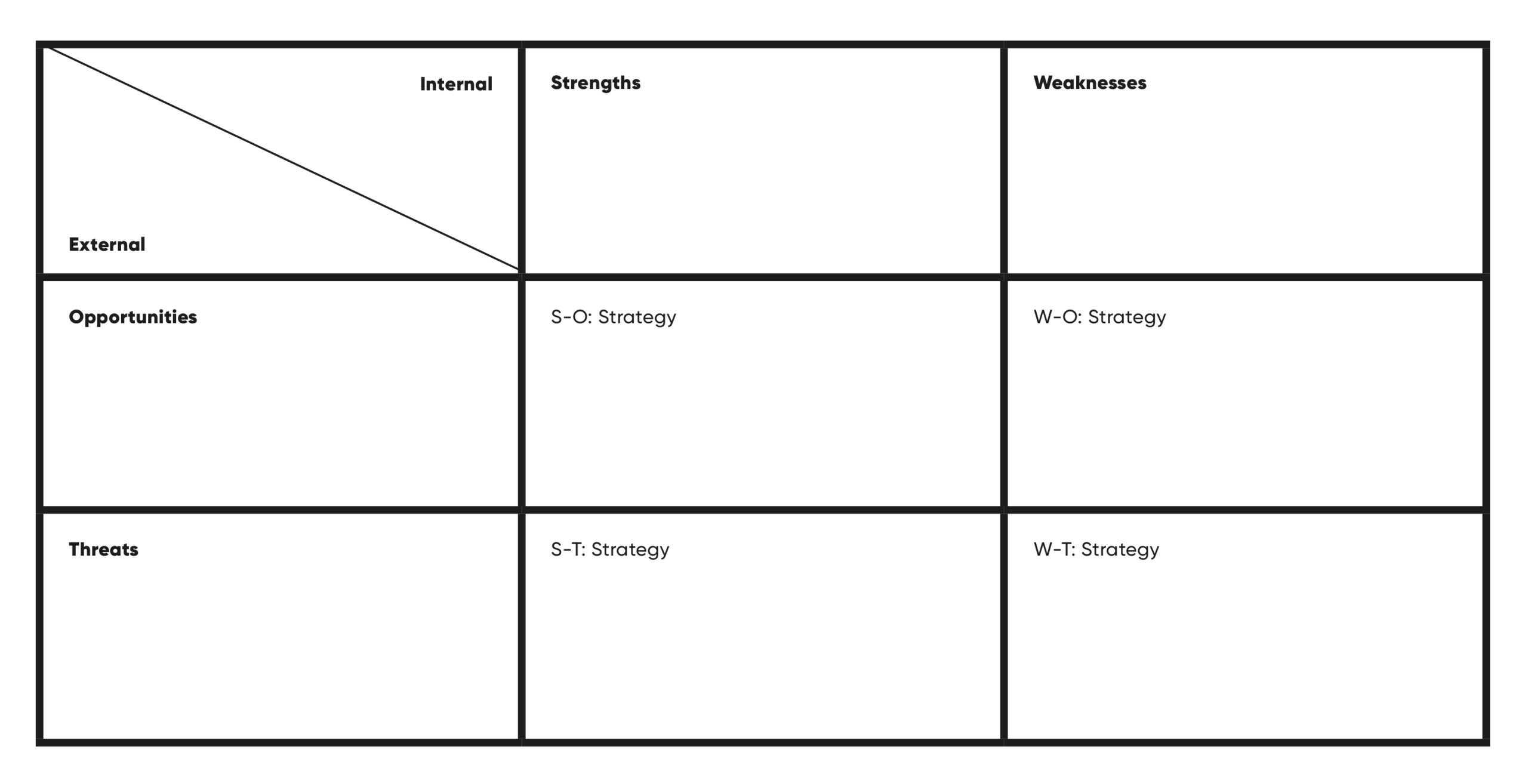
2. SWOT
Yet again, another old model that doesn’t get much love these days. Well, I still love it. When we are researching a brand project there are two key areas we need to find out about – the context (market forces, audience, competition) but also the business itself. The SWOT gives us a very simple model to learn something of what the business is good and bad at, and where they see opportunities and threats. Now, the slight variation in my model is that I use a grid which sets out the strengths and weaknesses, and the opportunities and threats on the outer edges, but on the inside where they cross over there are four panels where you can start to set out strategies for improvement (S-O, S-T, W-O, W-T).

3. Brand Pyramid
Now I don’t think I’ve ever shown this as a pyramid to a client. The reason I find the pyramid useful is that it mirrors the process I go through mentally to try and reach a core brand proposition. At the base of the pyramid is the context within which the brand exists (market forces, audience, competitors). The wider this base is (the more research we can do at this stage) then the more stable the pyramid will be. Diagnosis of the context of a brand is the foundation of a good brand proposition. At the other end of the pyramid is the point, the tip, the core proposition that encapsulates the core value of the brand to its audience. You might manage to get this down to only a few words, or at most a sentence or two, because this should be the distillation of all of your work so far.
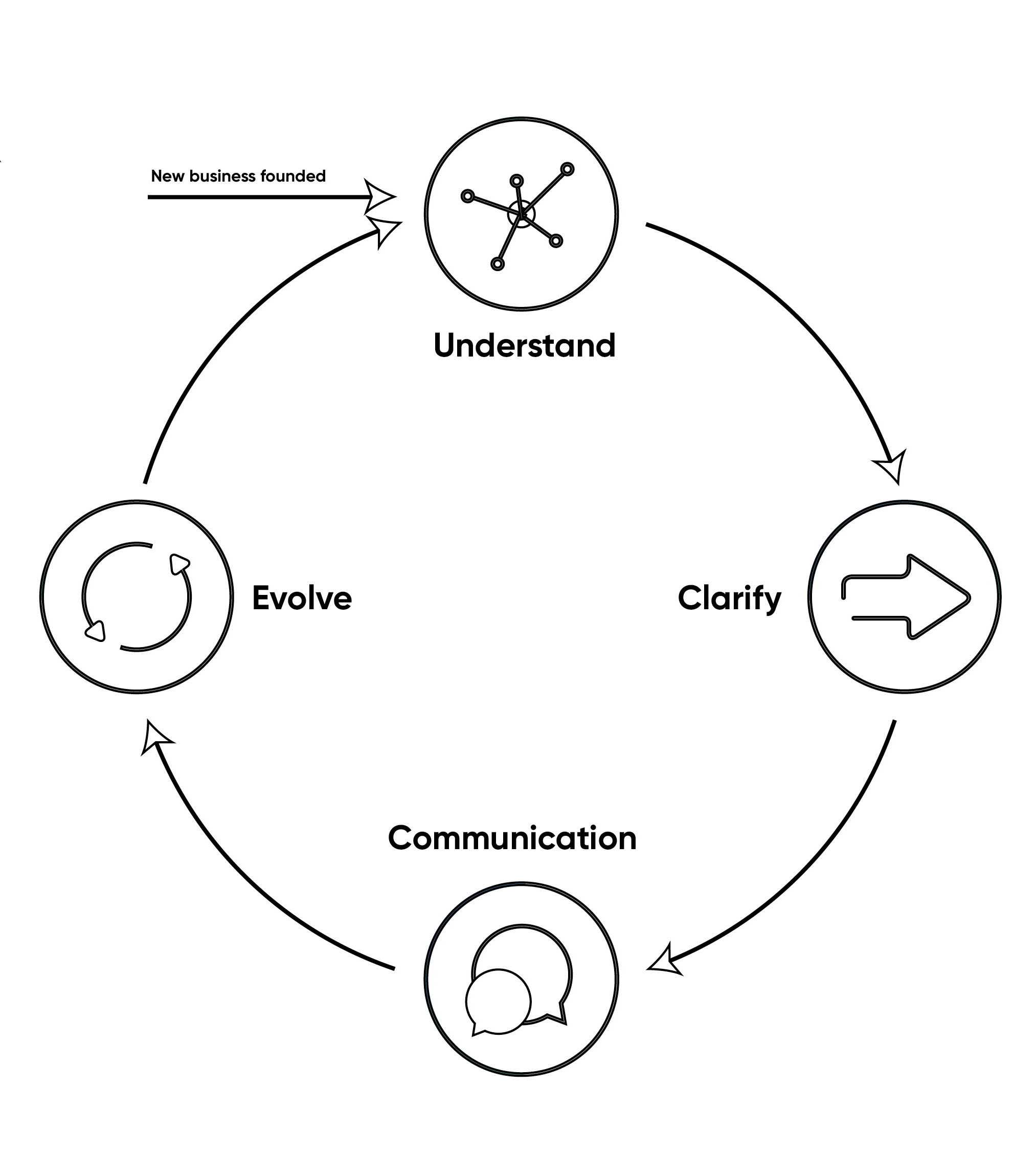
4. Evolutionary Brand Cycle
There are many models like this, but this is the one I use. It is a simple breakdown of a never ending process of evolution which every brand should constantly go through. Because, although we’ve just written a distillation of the brand, in reality the brand is always changing and shifting to a point. A brand is a dynamic entity which evolves over time. So, this model has four stages; Understanding, Clarifying, Communication, and Evolution. Understanding is your research phase. Clarifying is your distillation phase. Communication is your communicating phase. And Evolution is your listening phase. Keep doing these phases, over time, and your brand can shift and move at the right place and the right times.
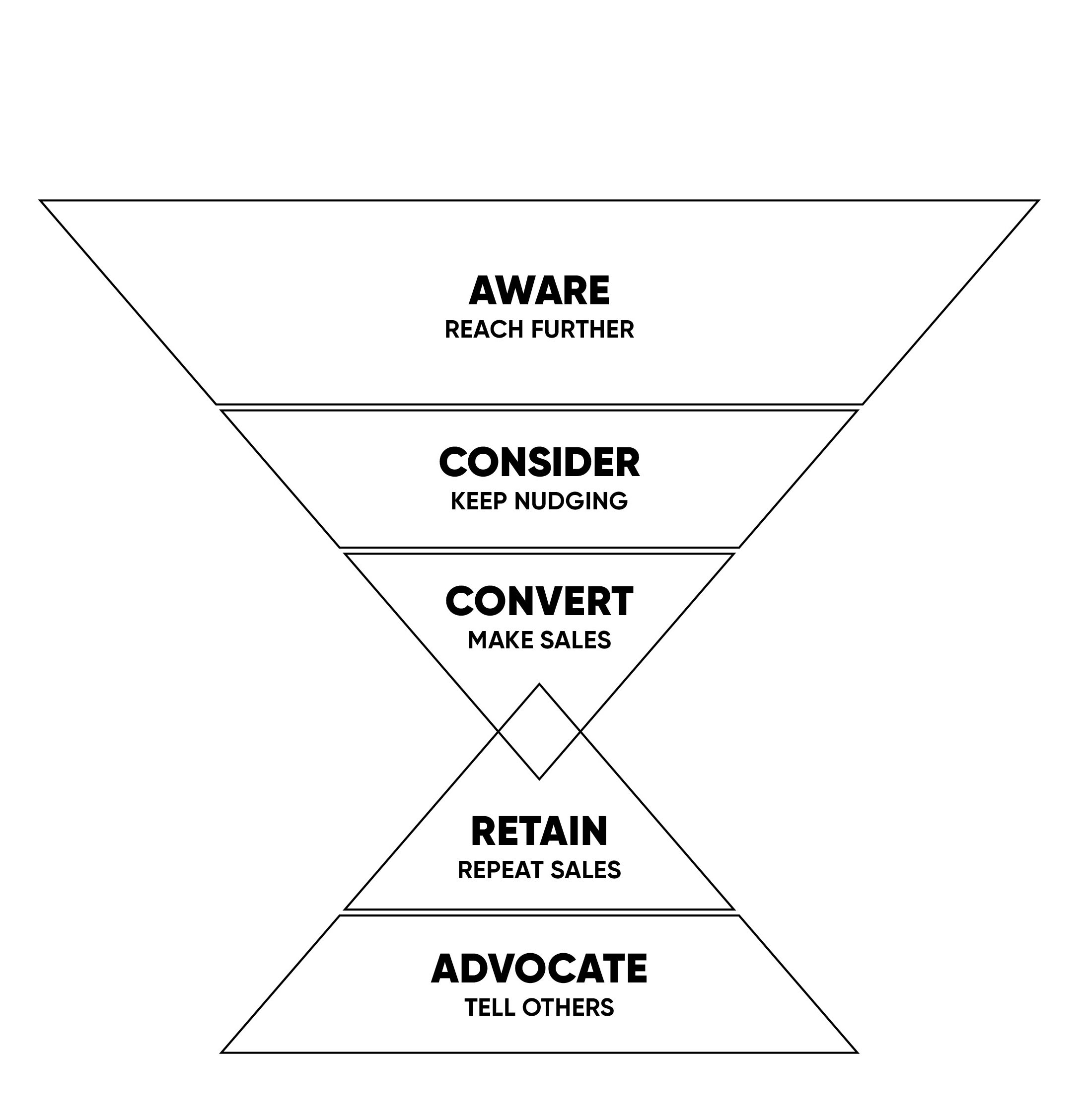
5. Marketing Sales Funnel
The Marketing sales funnel is yet another old and supposedly broken model. Not as far as I am concerned it isn’t. Now, my approach to the marketing sales funnel is quite loose, and we don’t put strict rules on how we use it. What we do find it useful for is assessing what marketing touchpoint should be used for which part of the journey through the funnel. At the top of the funnel we are looking at Awareness, and so touchpoints such as OOH and TVC will feature heavily. At the bottom of our funnel we have Advocacy, so Google Reviews or user reviews may feature here. Really, we find the funnel a helpful tool to give our touchpoints a role and responsibility.
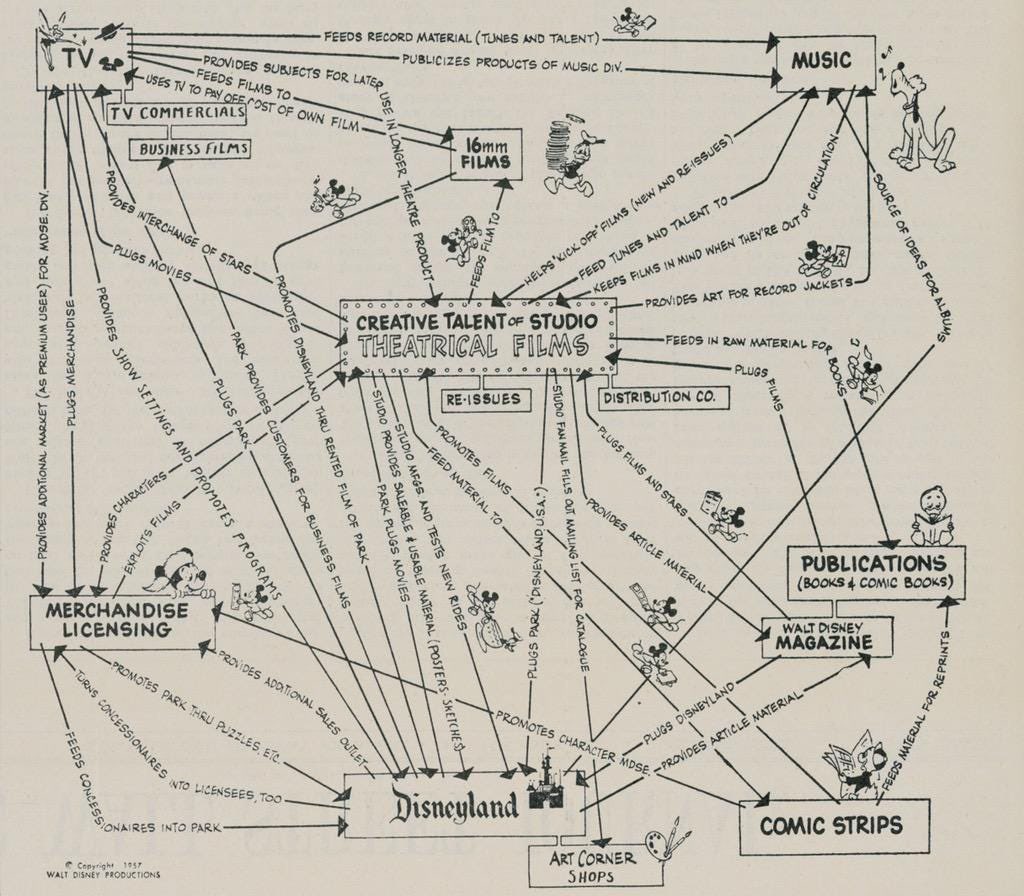
6. Experience Ecosystem
Finally, we move into the Experience ecosystem. What is this you might ask? Well, it is something that we do to give a function to every ‘moment’ a person comes into contact with our brand. A ‘moment’ is an audience-centered view of a touchpoint. Brands are shaped through ‘Associated Memorable Moments’, and every one of these moments in time should be used to encourage a desired action or reaction. Whether that action or reaction is just awareness of your brand, or is a driver to purchase, if you attribute a behavior you would like to encourage from that ‘moment’ you are creating a focus for everything you do. Make sure every moment is clearly identifiable as you, and is remembered for something you would like.
BJ Fogg’s Behavior Model is also useful here – motivation + ability + prompt = behavior.
So, there are six models I use pretty often. Of course, there are many more worth using. From Kapferer’s Brand Identity Prism to Keller’s Brand pyramid, Stephen King’s Planning Cycle to Kotler & Armstrong’s 3 Product Levels. But remember, a model is only there to help you cut and refine. It will never give you the answer, and what you get out is only ever as good as the quality of research you put into it. As I said at the beginning, there is a value in and a need for structure.
Contributed by: Paul Bailey, Strategy Director at Halo
Shaping distinctive brands with creativity for commercial & cultural impact.
You need to load content from reCAPTCHA to submit the form. Please note that doing so will share data with third-party providers.
More Information